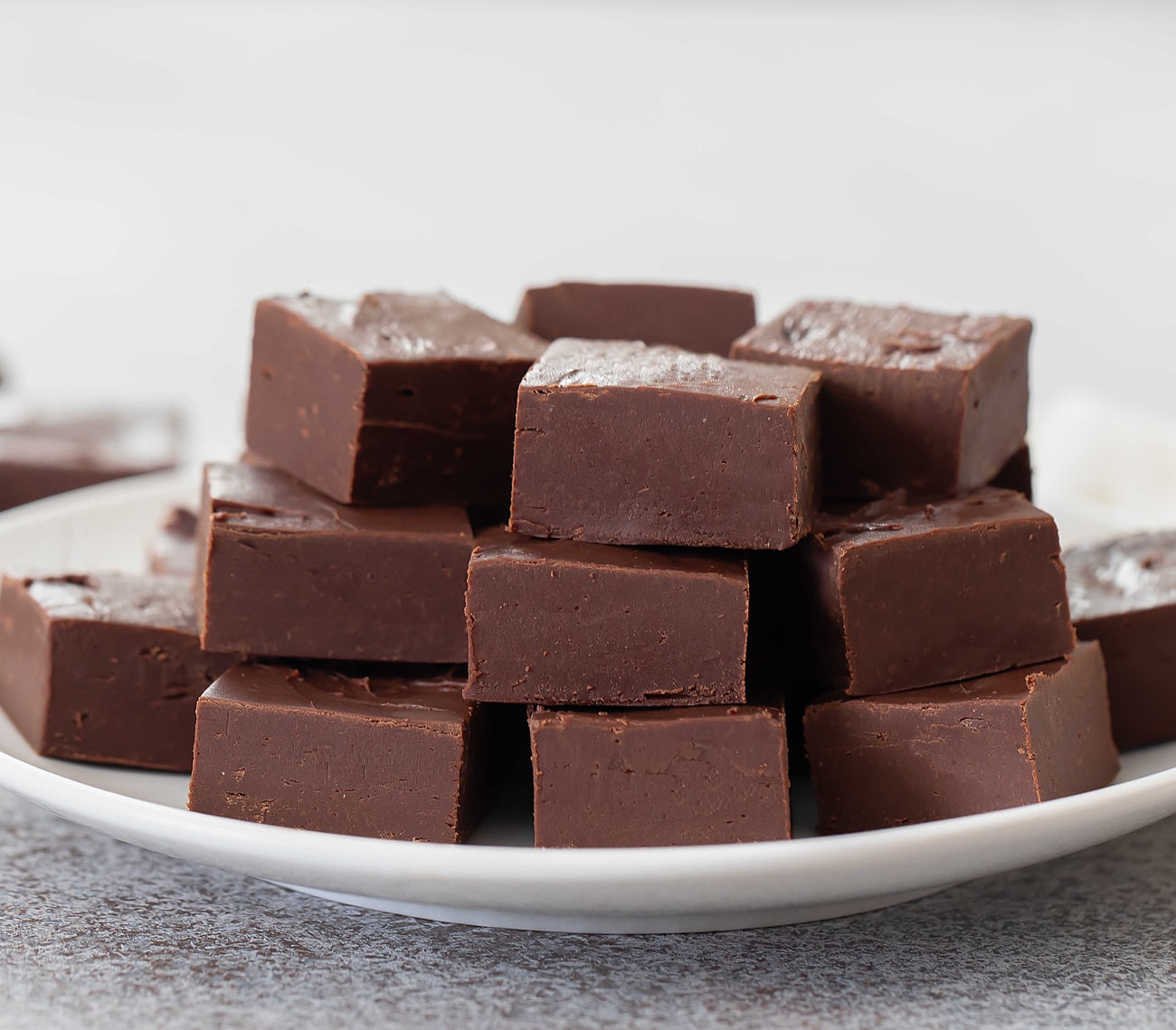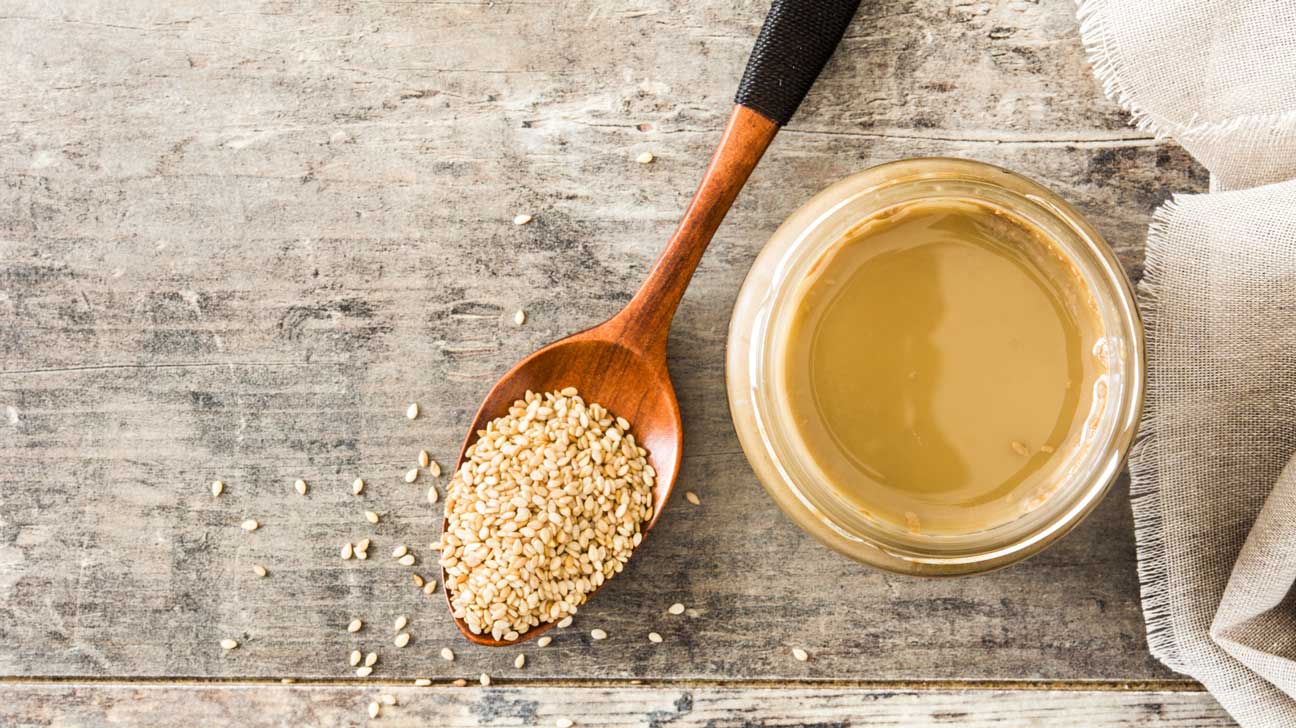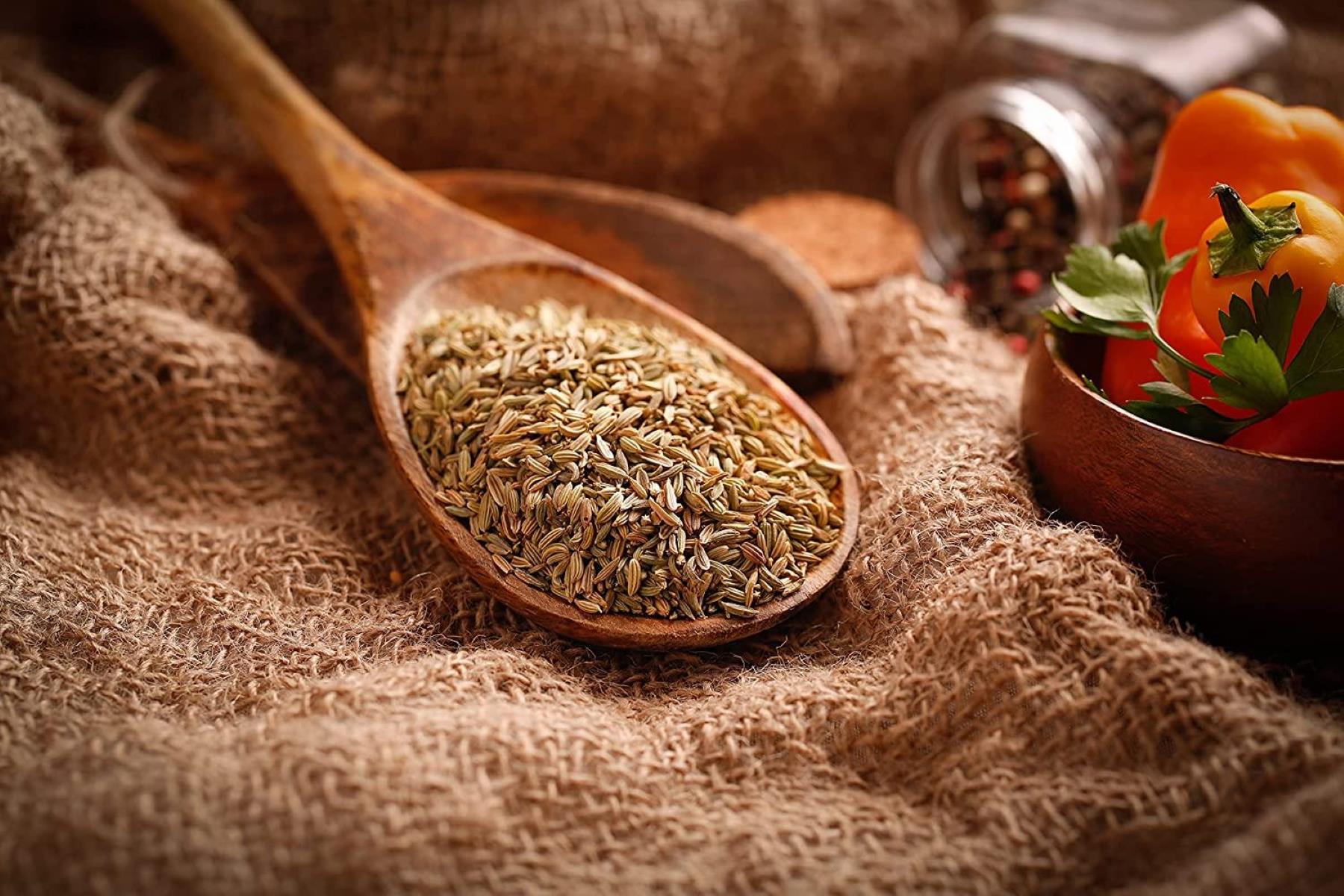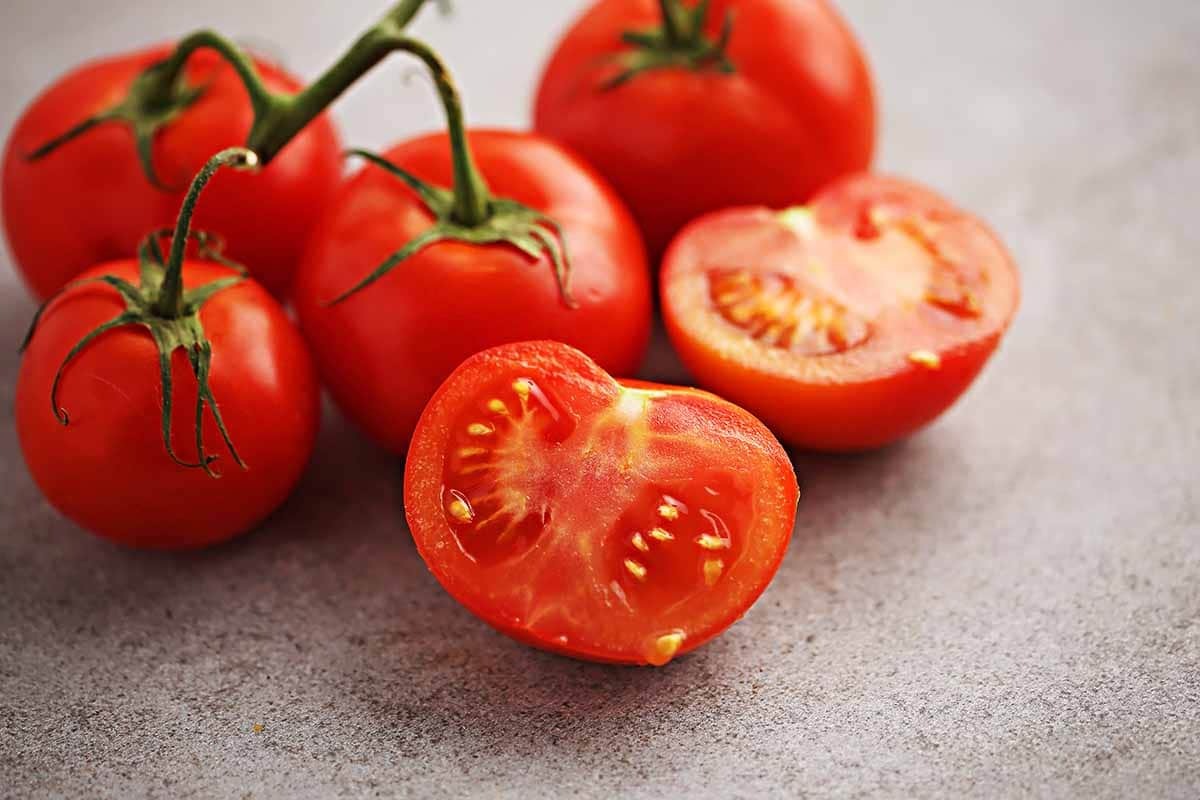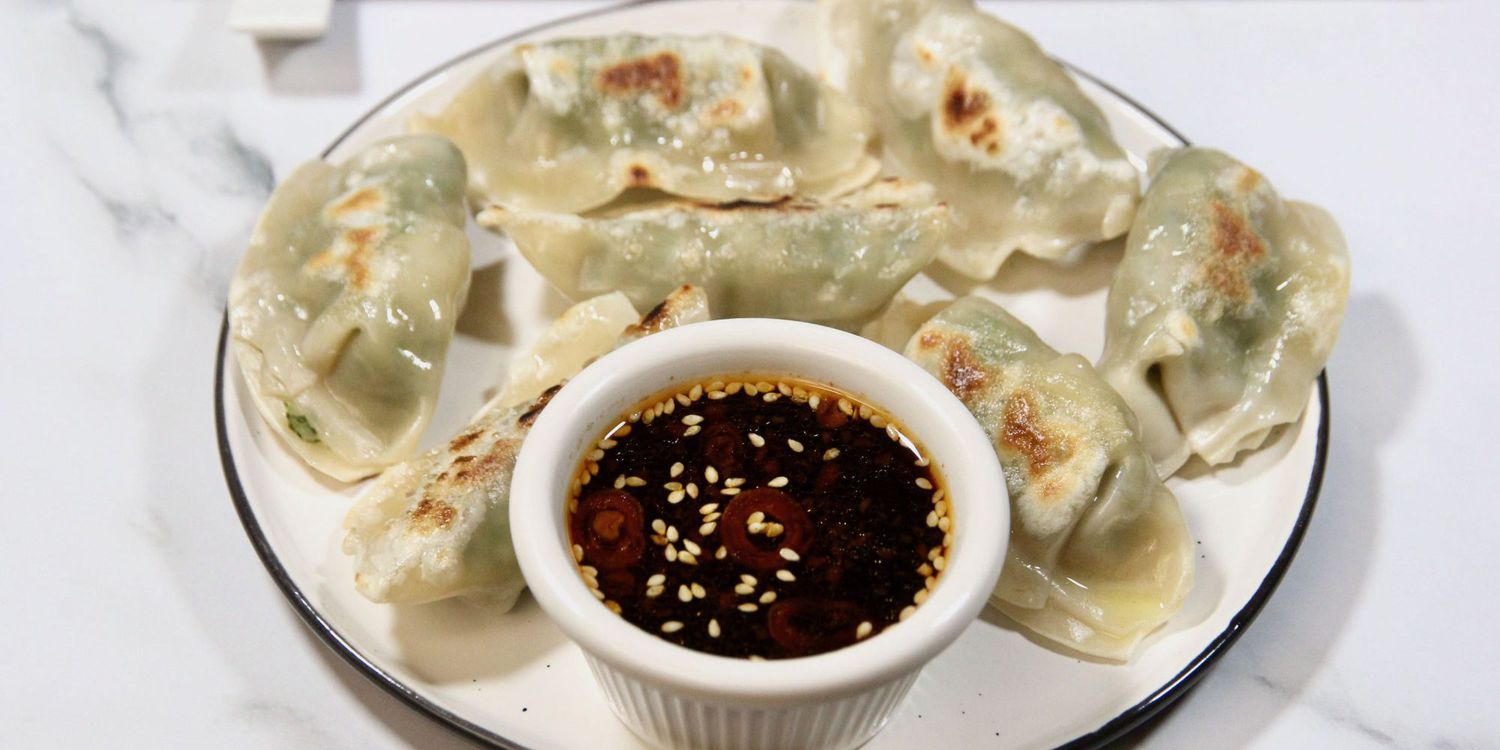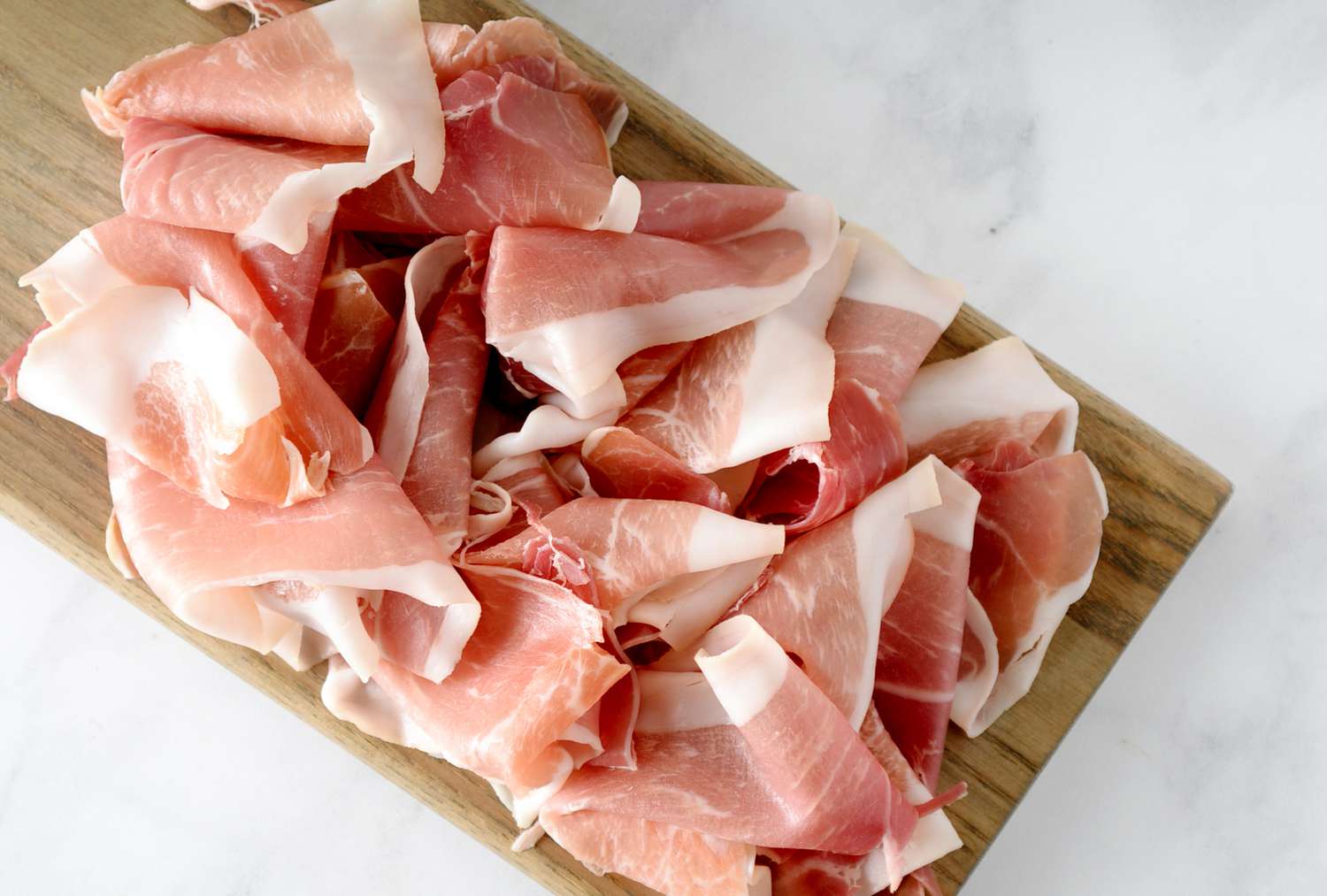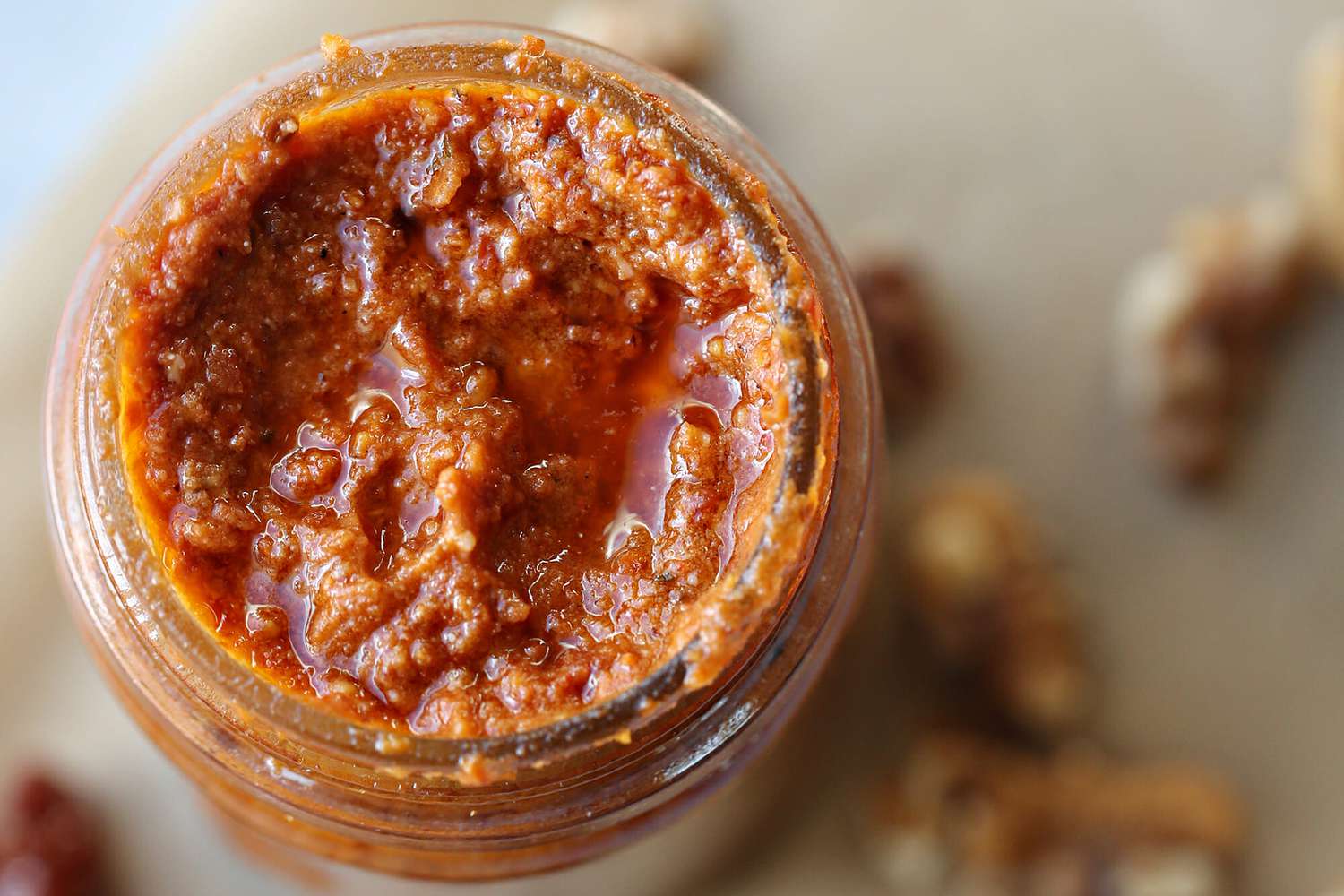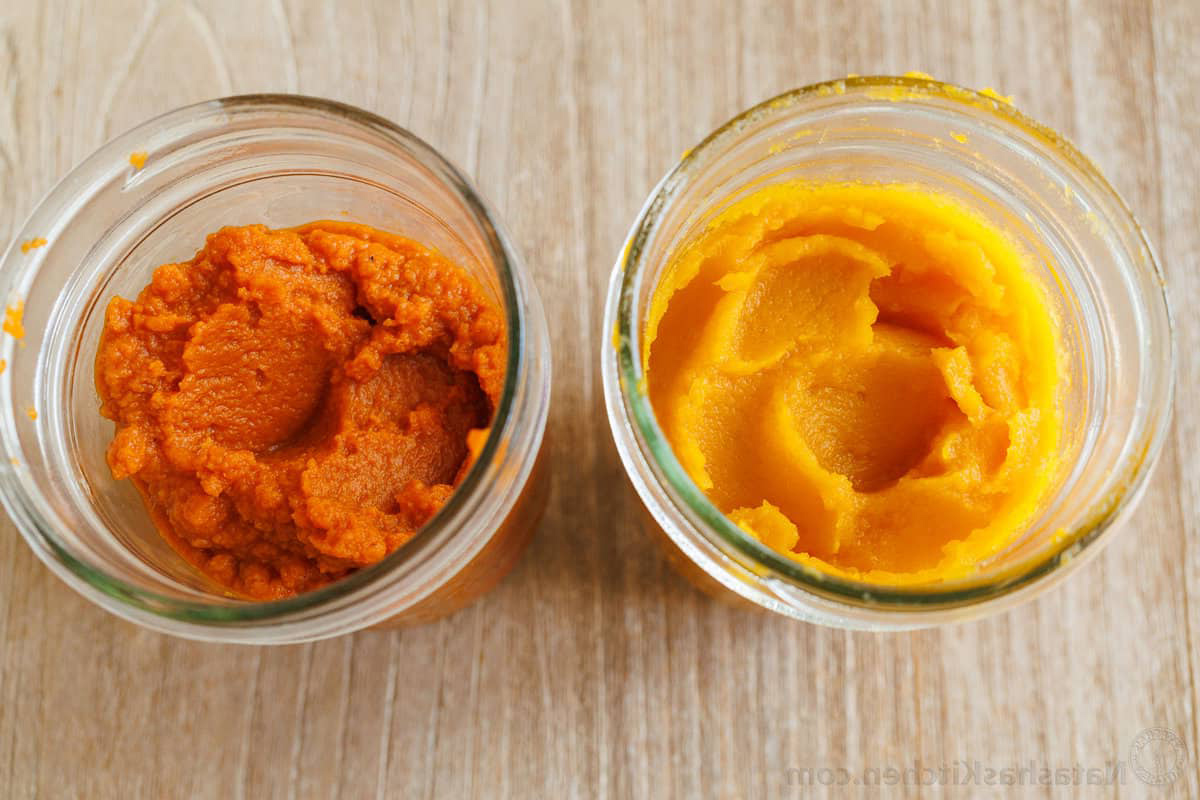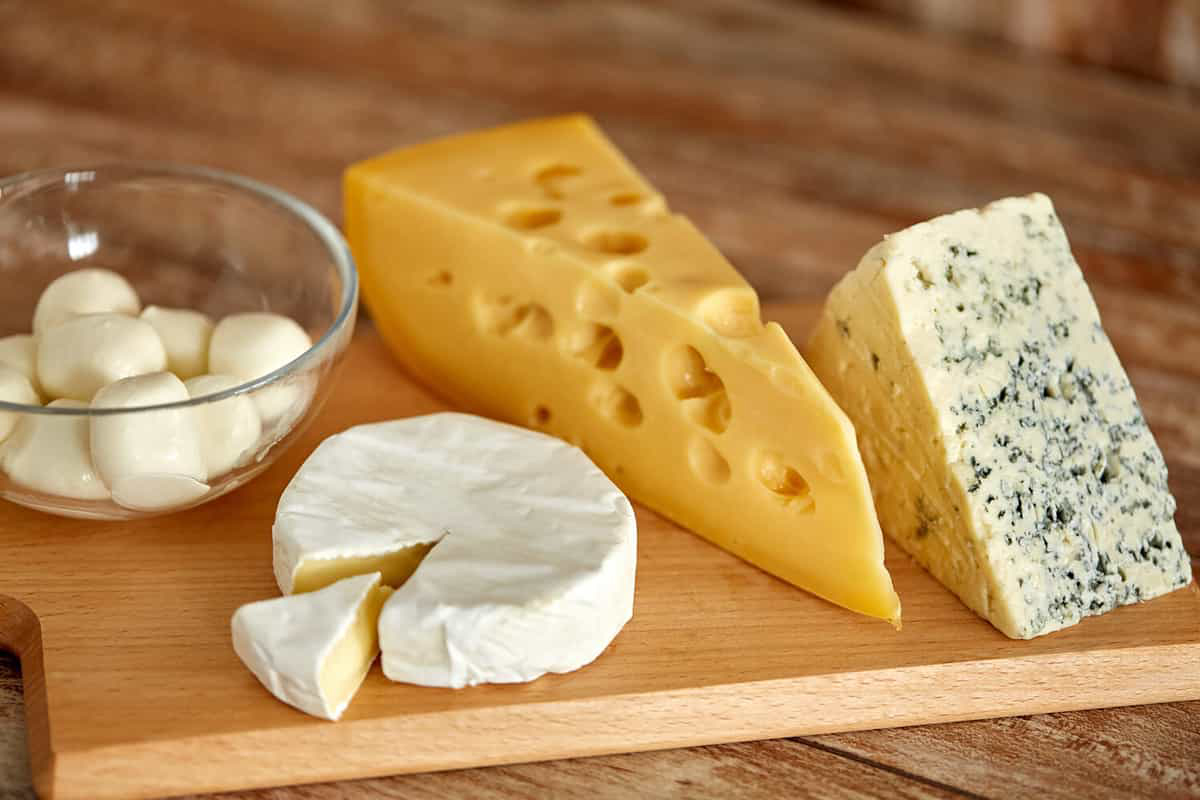The Difference Between Jasmine and Basmati Rice
When it comes to choosing the perfect rice for your meal, two popular options that often come to mind are Jasmine and Basmati rice. While both are long-grain varieties and are known for their aromatic qualities, there are some key differences between the two that can influence your choice. Let’s take a closer look at the characteristics of Jasmine and Basmati rice to help you make an informed decision.
Jasmine Rice
Jasmine rice is a type of long-grain rice that is primarily grown in Thailand. It is known for its subtle floral aroma and soft, slightly sticky texture when cooked. Here are some key features of Jasmine rice:
- Origin: Thailand
- Aroma: Delicate floral scent
- Texture: Soft and slightly sticky
- Flavor: Mild and slightly sweet
- Best Suited For: Asian dishes, stir-fries, and steamed rice
Basmati Rice
Basmati rice, on the other hand, is a long-grain rice variety that is primarily cultivated in the Indian subcontinent. It is renowned for its unique fragrance and elongated grains that elongate and separate when cooked. Here are some key features of Basmati rice:
- Origin: Indian subcontinent
- Aroma: Distinctive nutty fragrance
- Texture: Light and fluffy, with separate grains
- Flavor: Nutty and aromatic
- Best Suited For: Indian, Middle Eastern, and Persian cuisine
Key Differences
While both Jasmine and Basmati rice are prized for their aromatic qualities and long grains, there are several notable differences between the two:
- Aroma: Jasmine rice has a delicate floral scent, while Basmati rice is known for its distinctive nutty fragrance.
- Texture: Jasmine rice tends to be soft and slightly sticky, whereas Basmati rice is light and fluffy with separate grains.
- Flavor: Jasmine rice has a mild and slightly sweet flavor, while Basmati rice is nutty and aromatic.
- Best Suited For: Jasmine rice is commonly used in Asian dishes and stir-fries, while Basmati rice is a staple in Indian, Middle Eastern, and Persian cuisine.
Conclusion
Ultimately, the choice between Jasmine and Basmati rice depends on the specific dish you are preparing and your personal flavor preferences. Whether you opt for the delicate floral notes of Jasmine rice or the nutty aroma of Basmati rice, both varieties bring their own unique characteristics to the table, adding depth and flavor to your culinary creations.
Next time you’re planning a meal, consider the distinct qualities of Jasmine and Basmati rice to elevate your dining experience with the perfect choice of rice.
Was this page helpful?
Read Next: What Is The Best Onion For Cooking?
